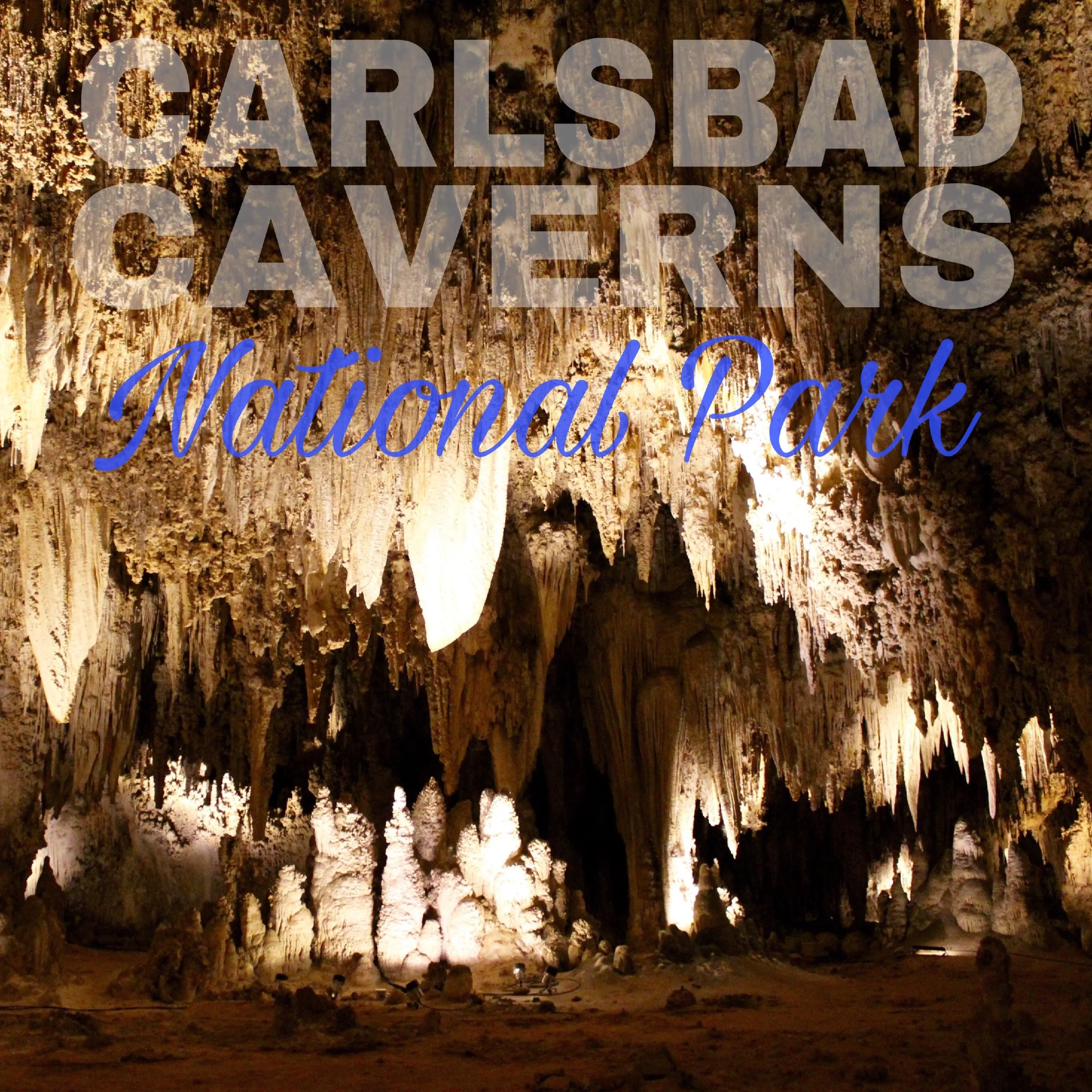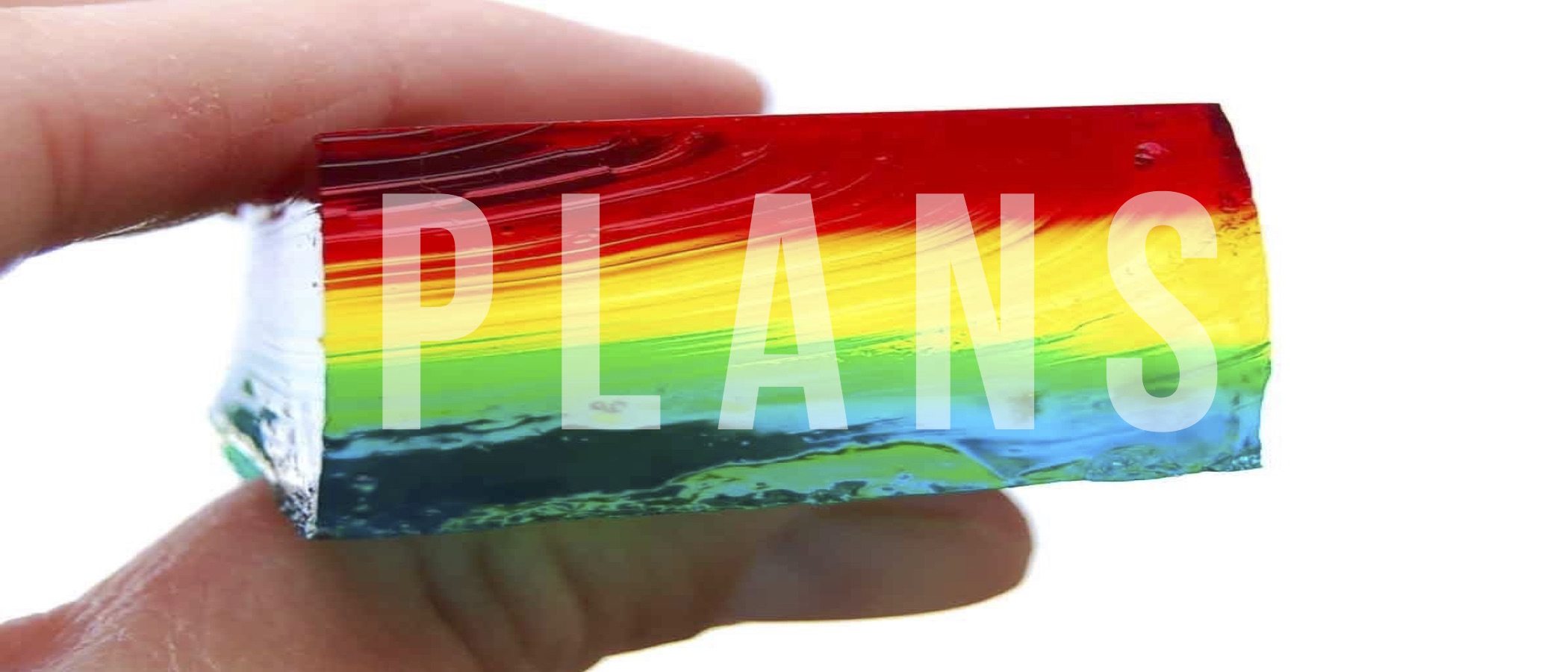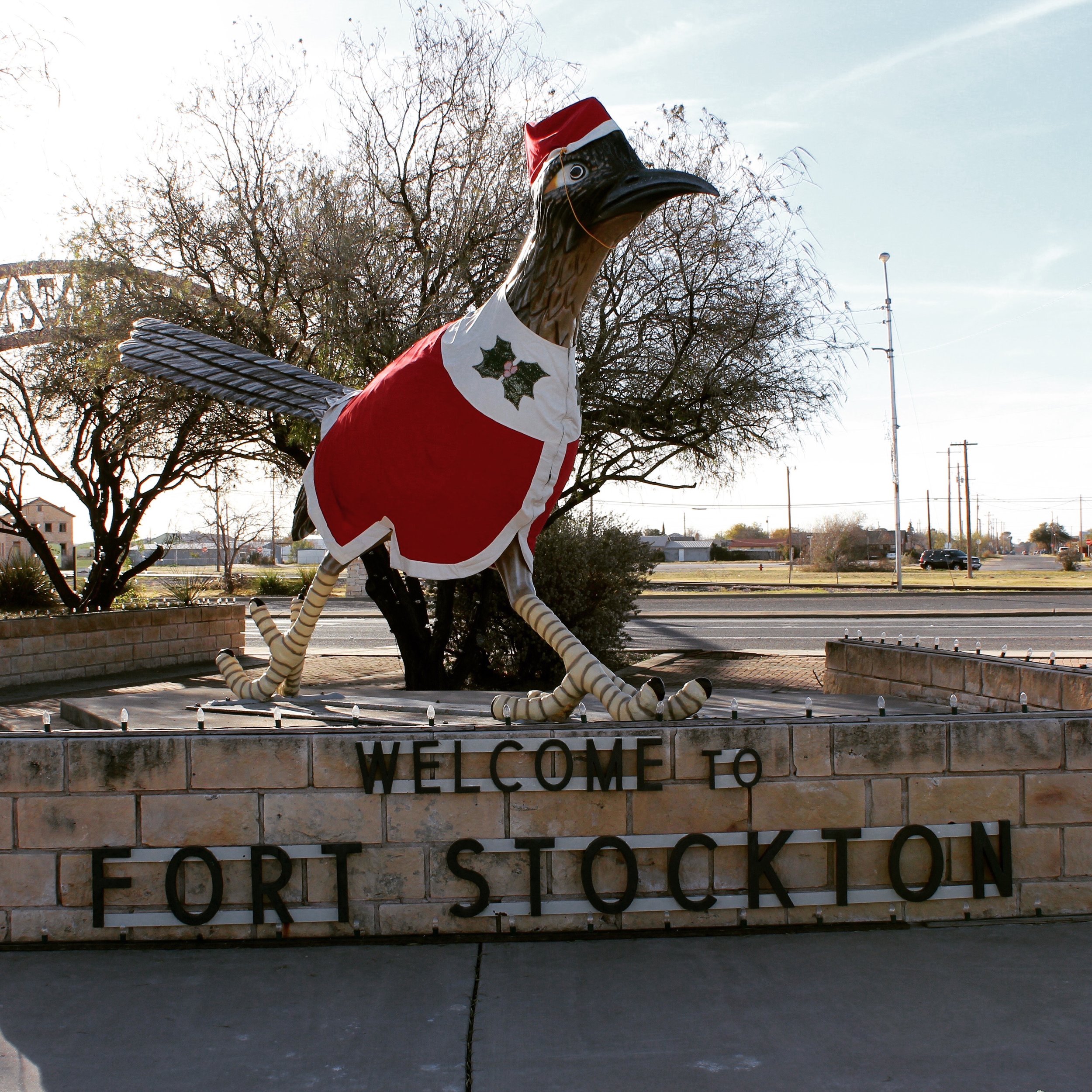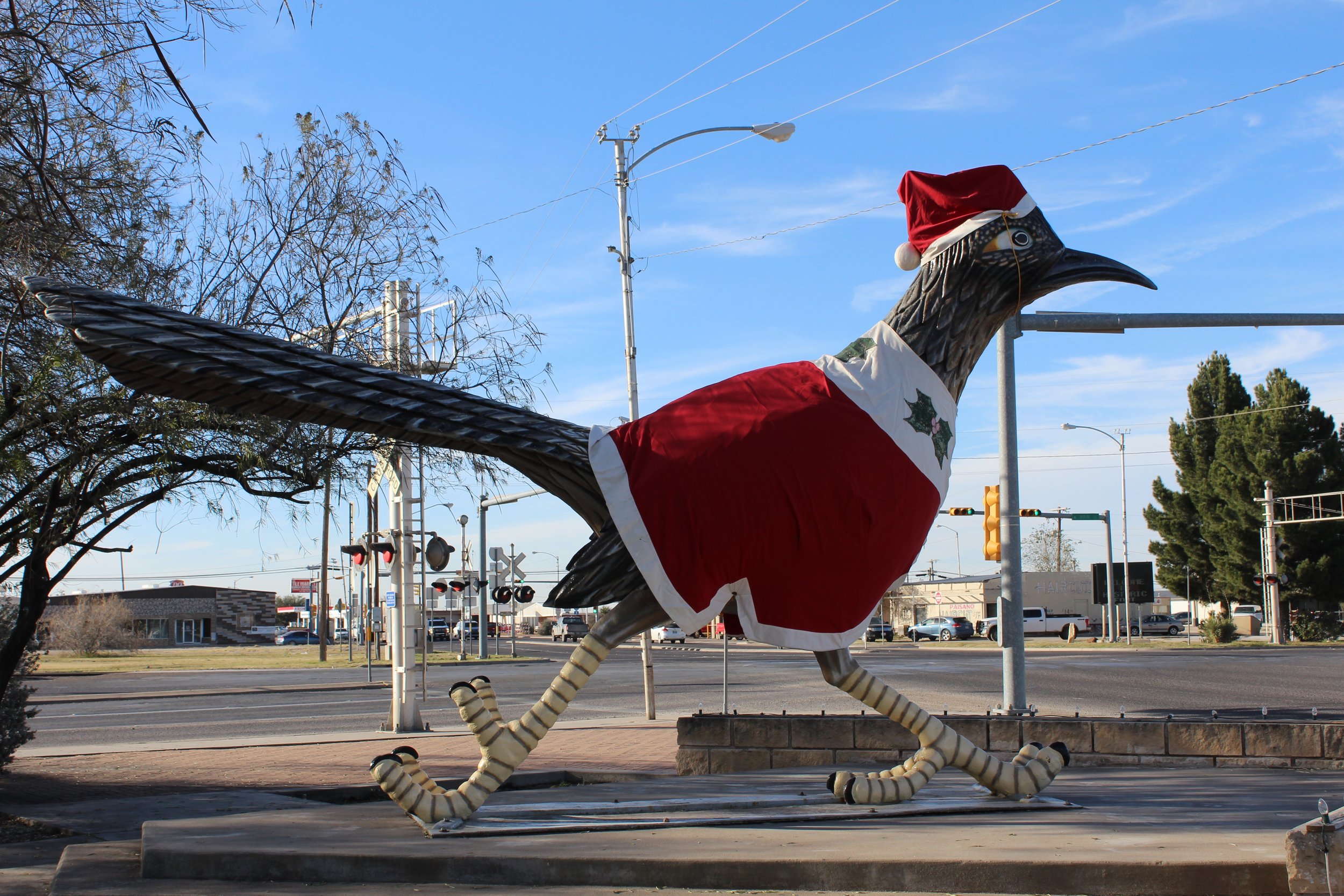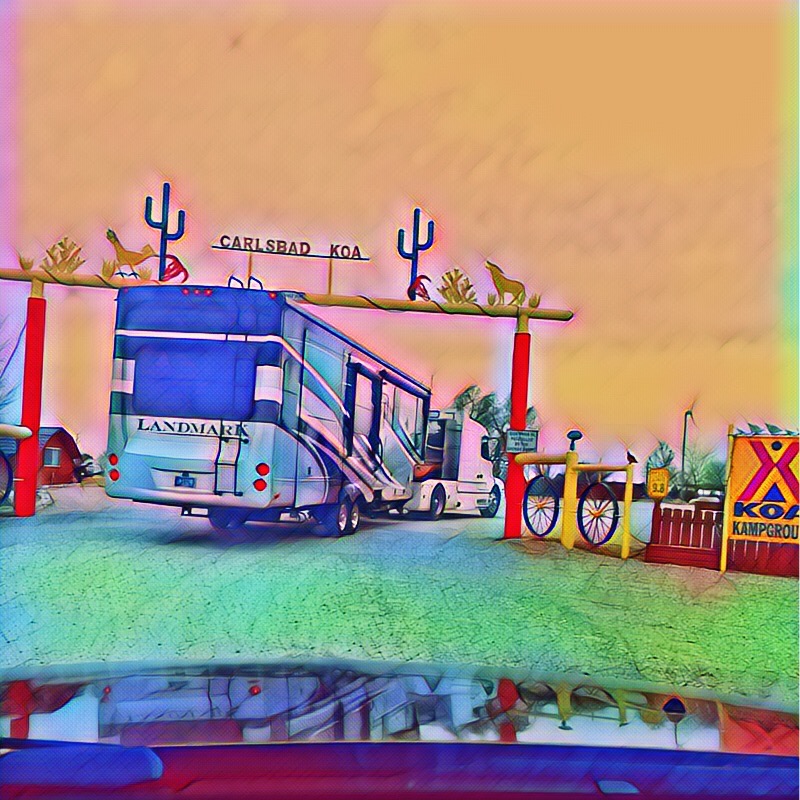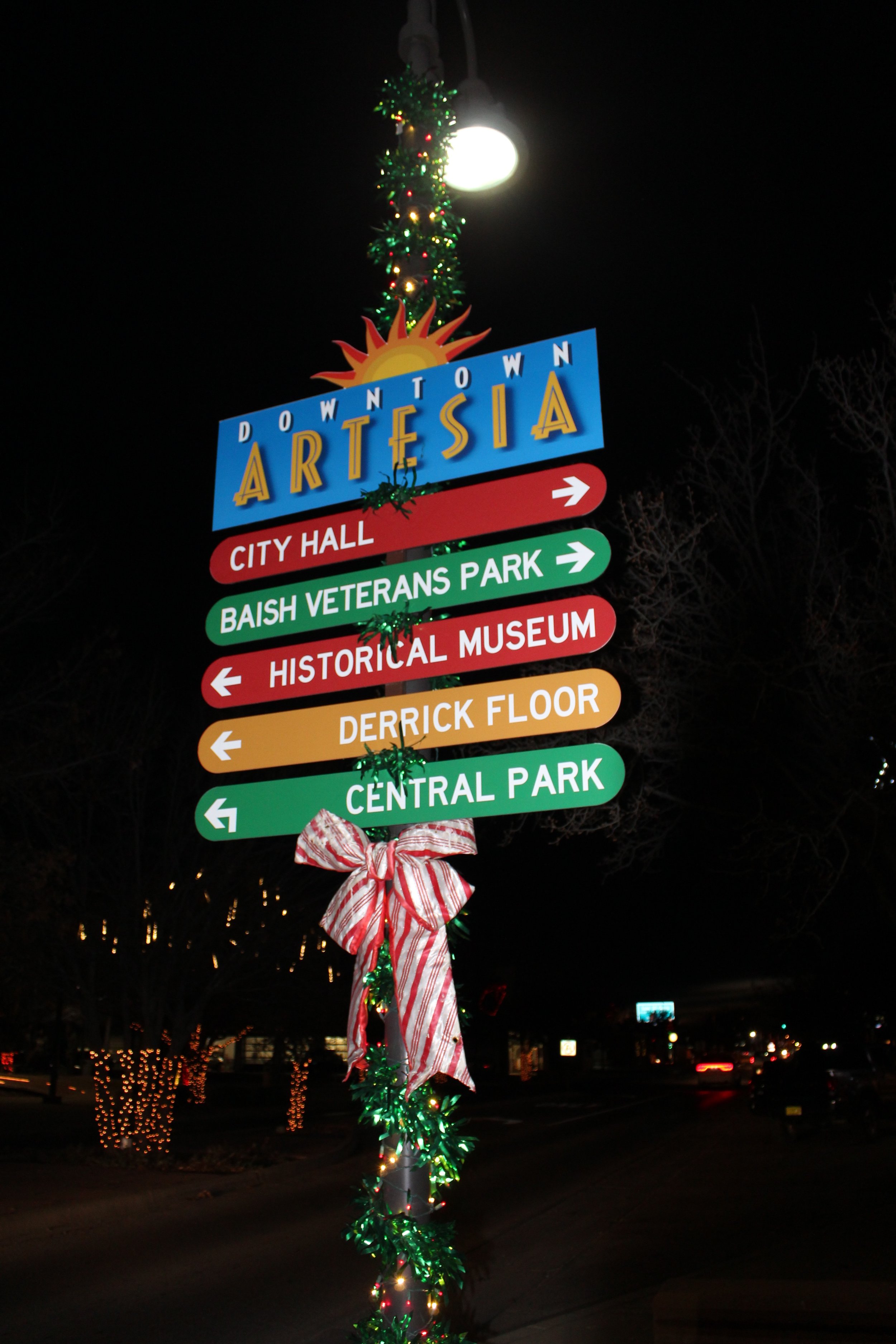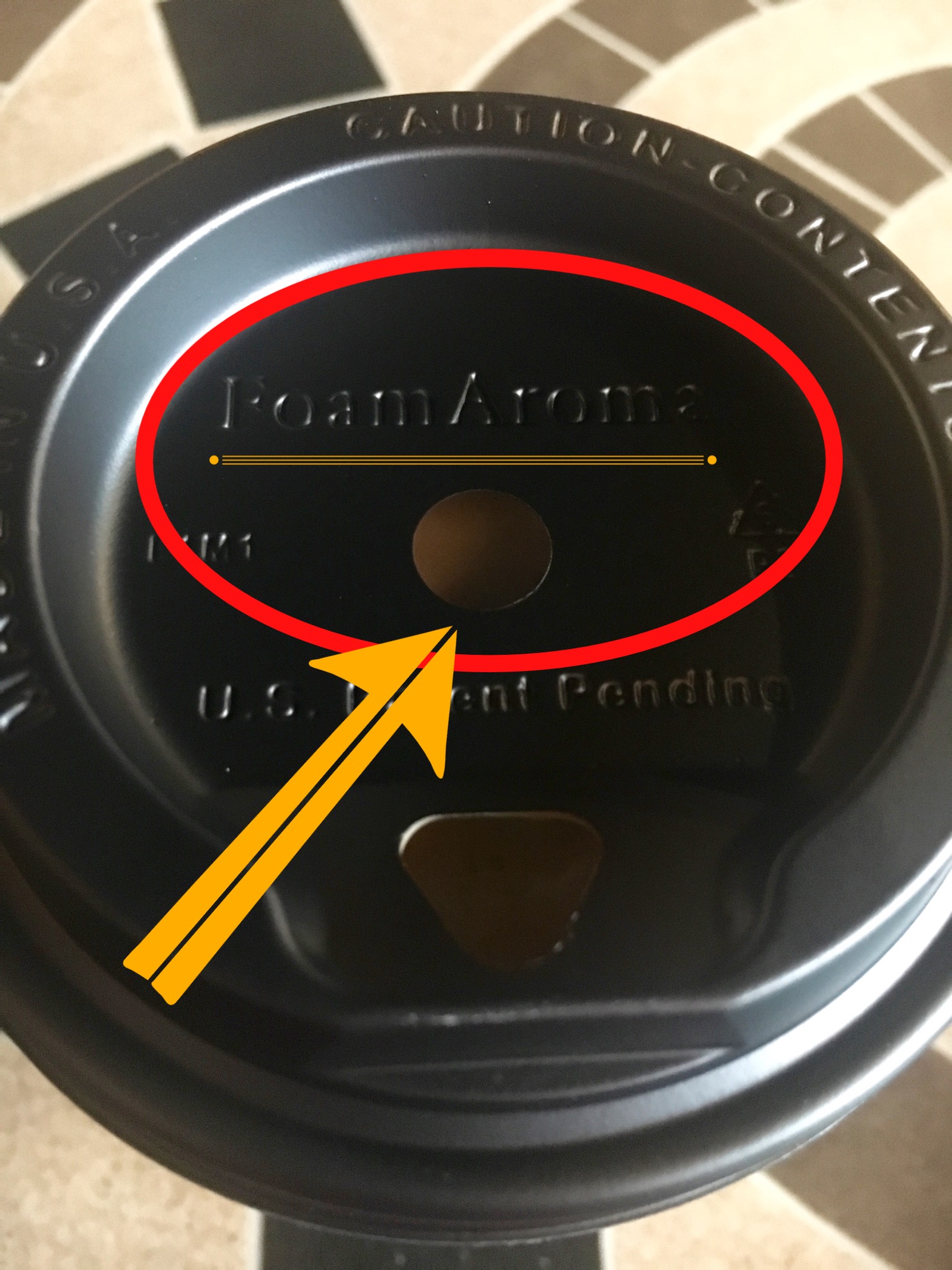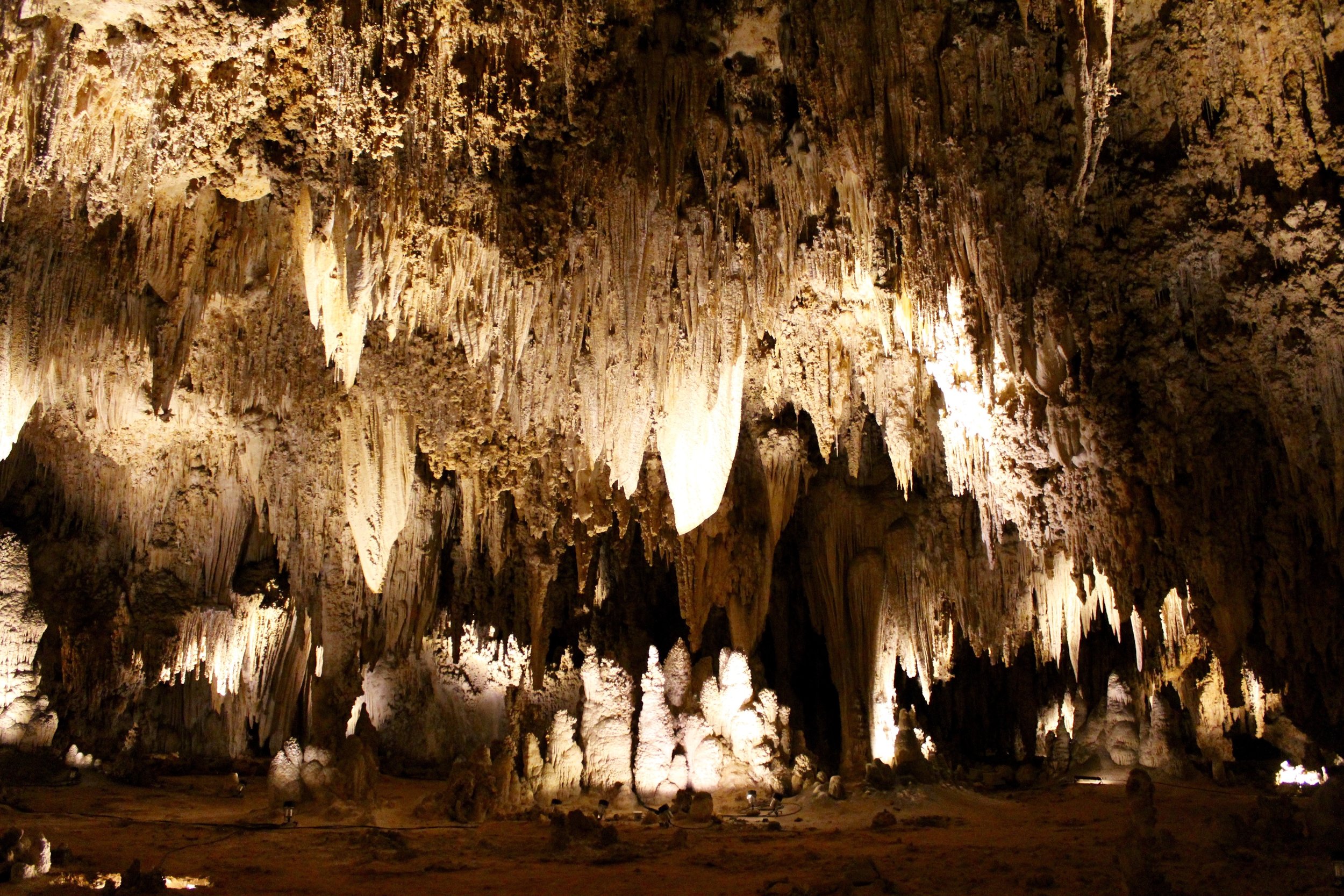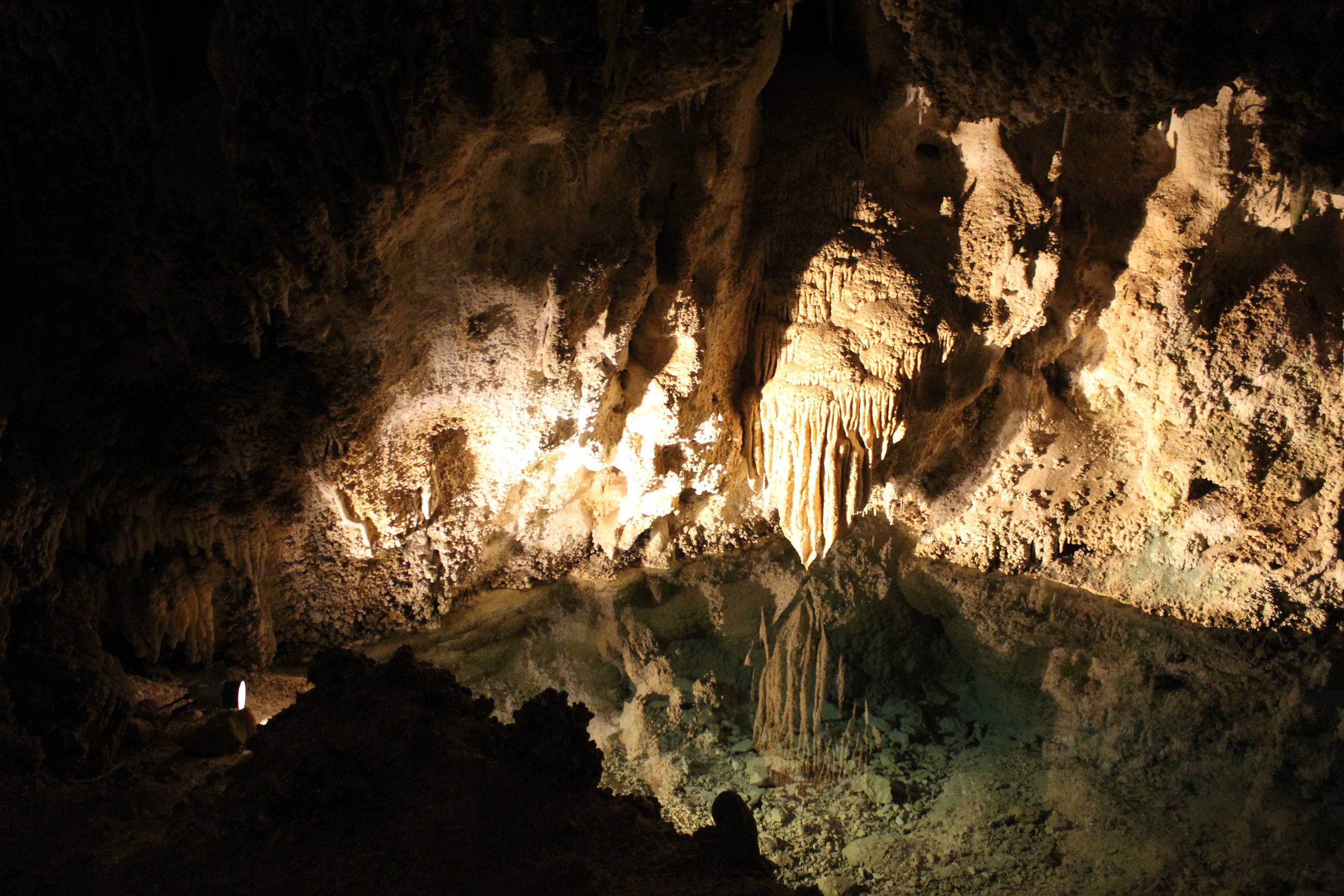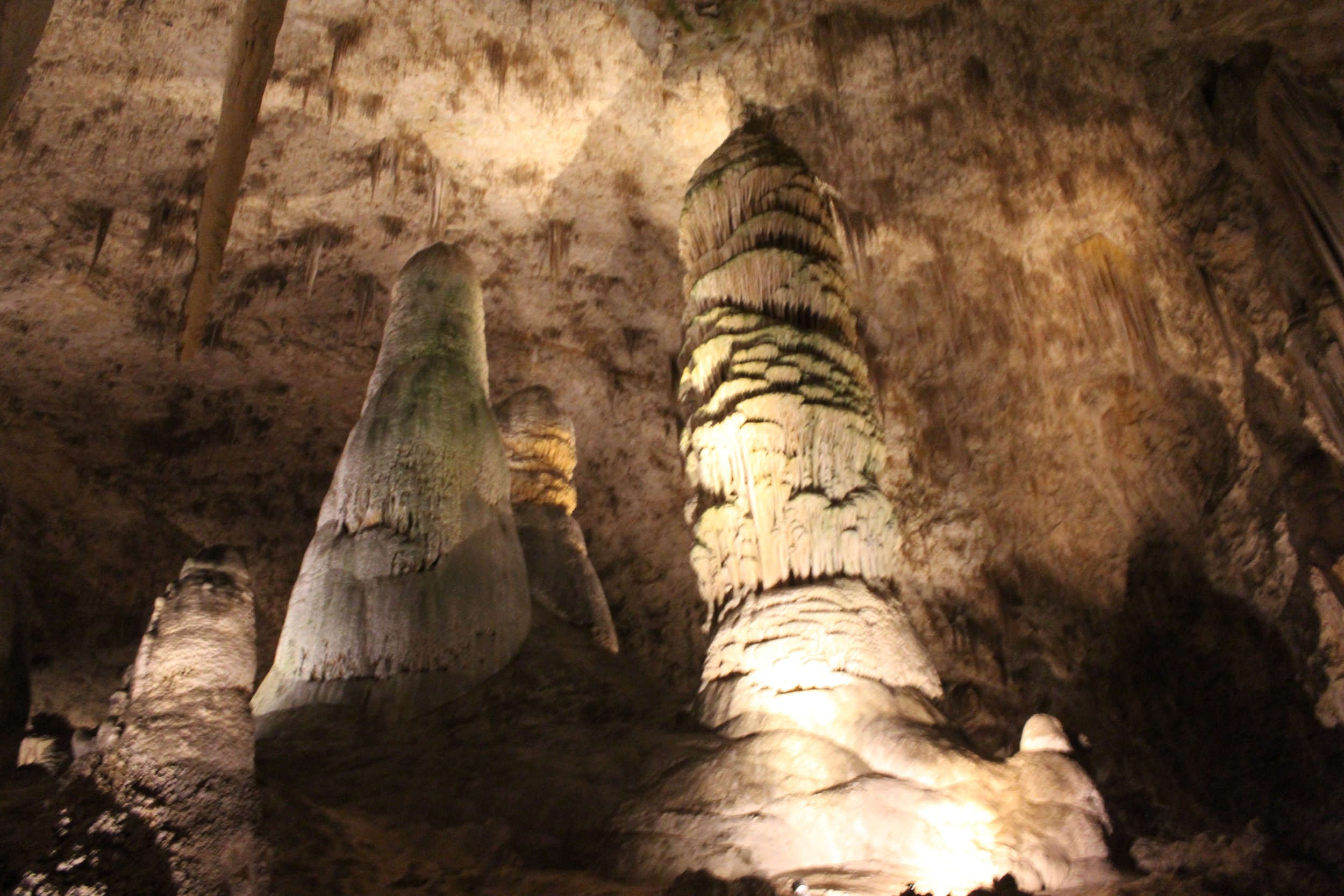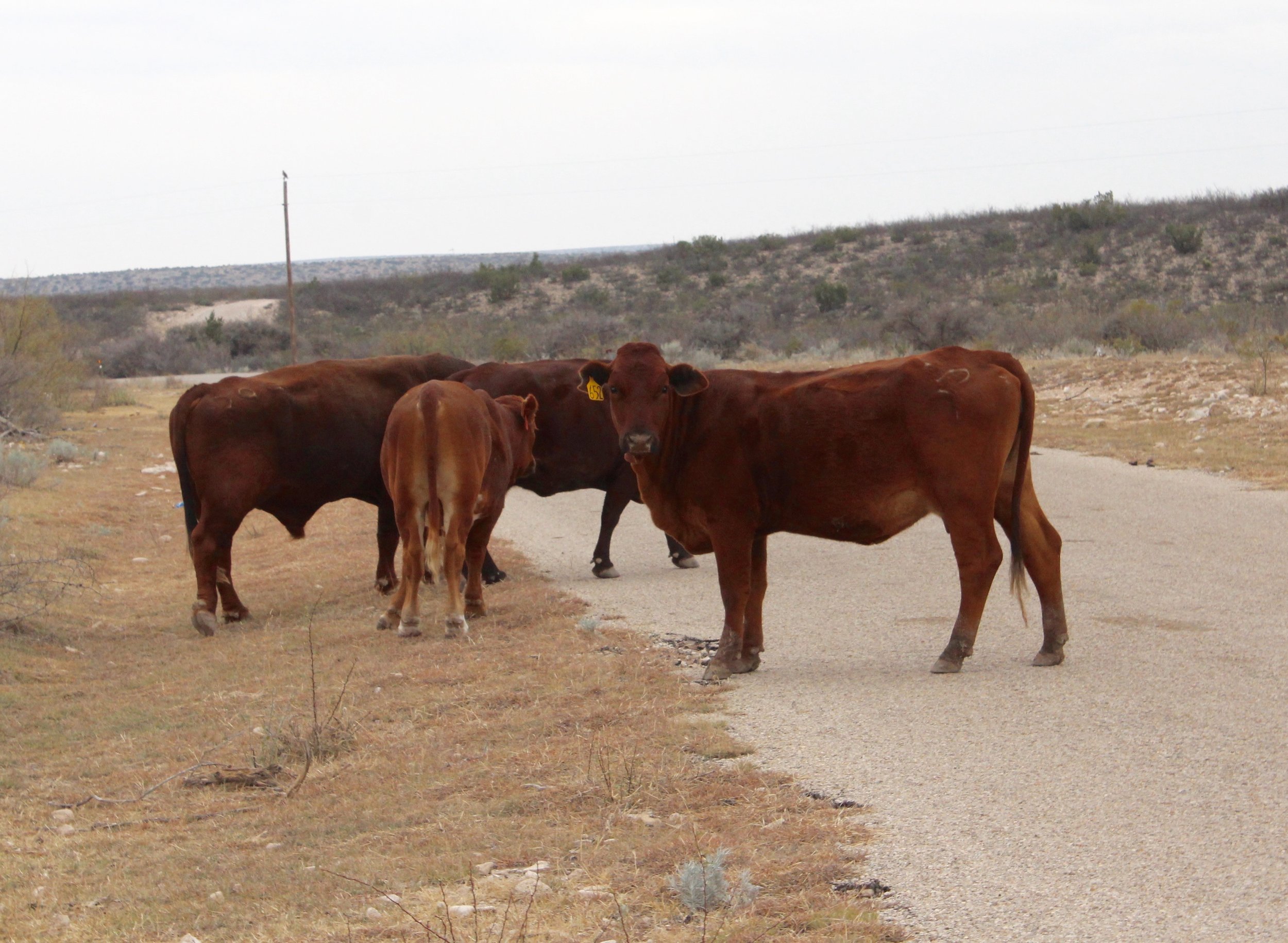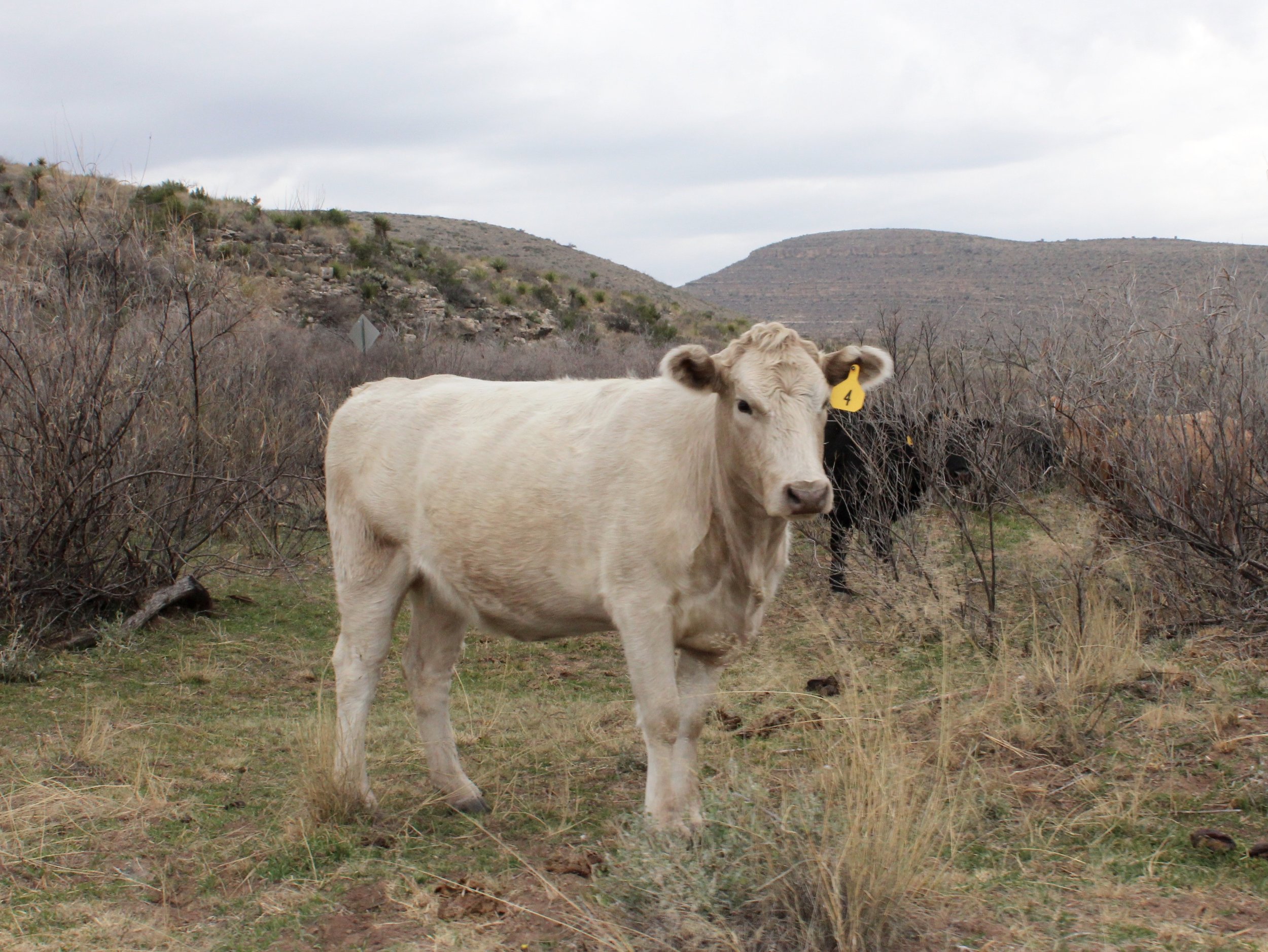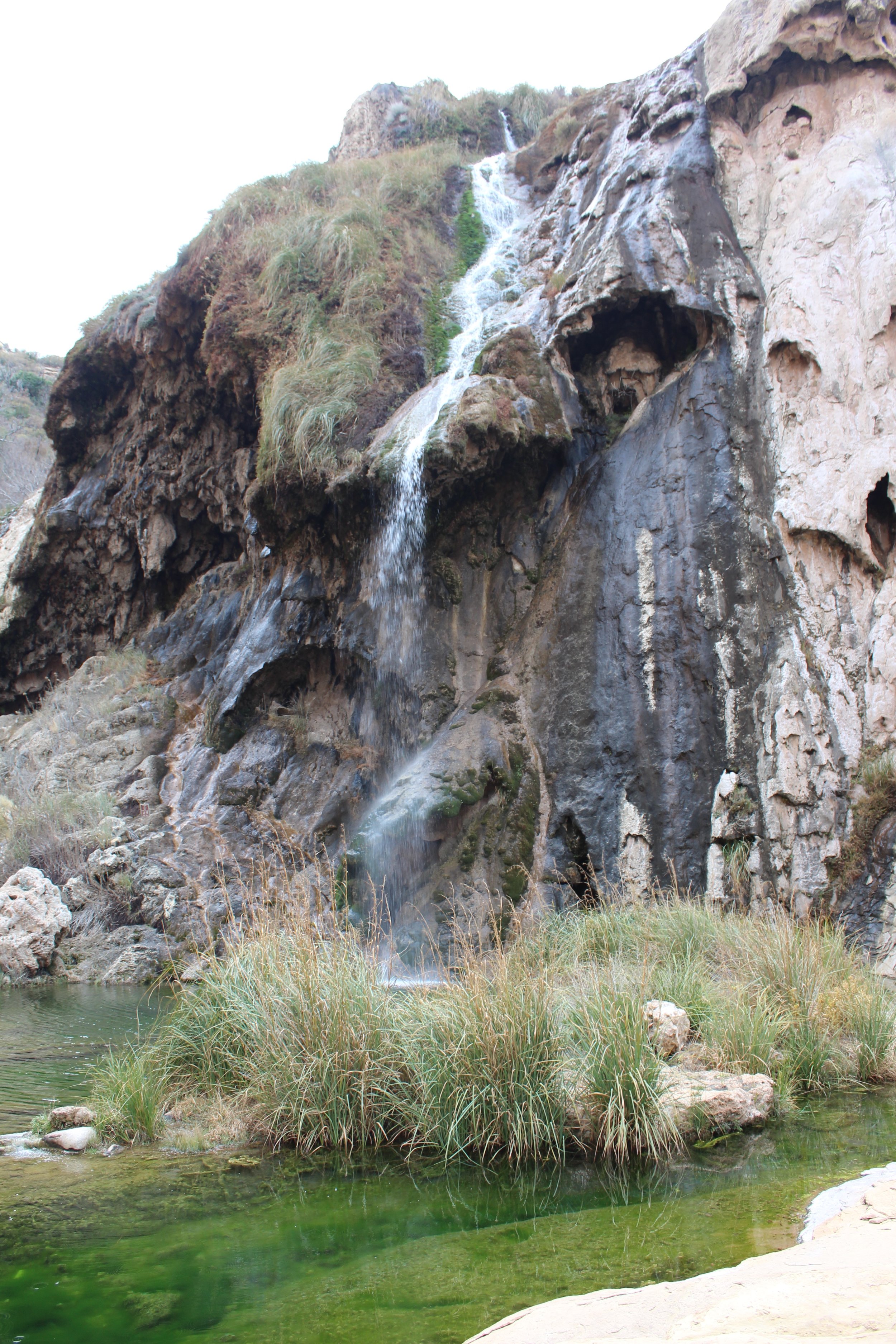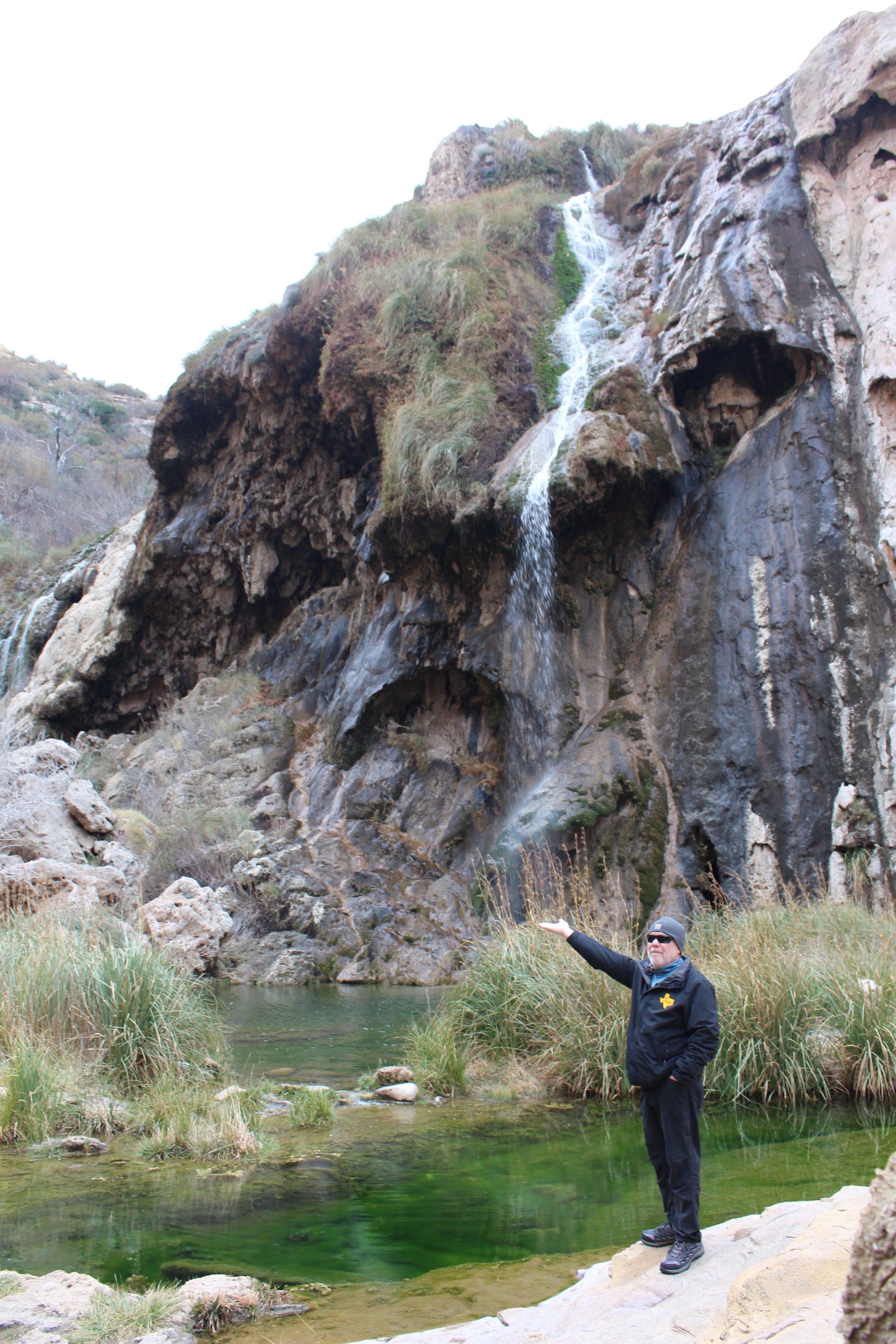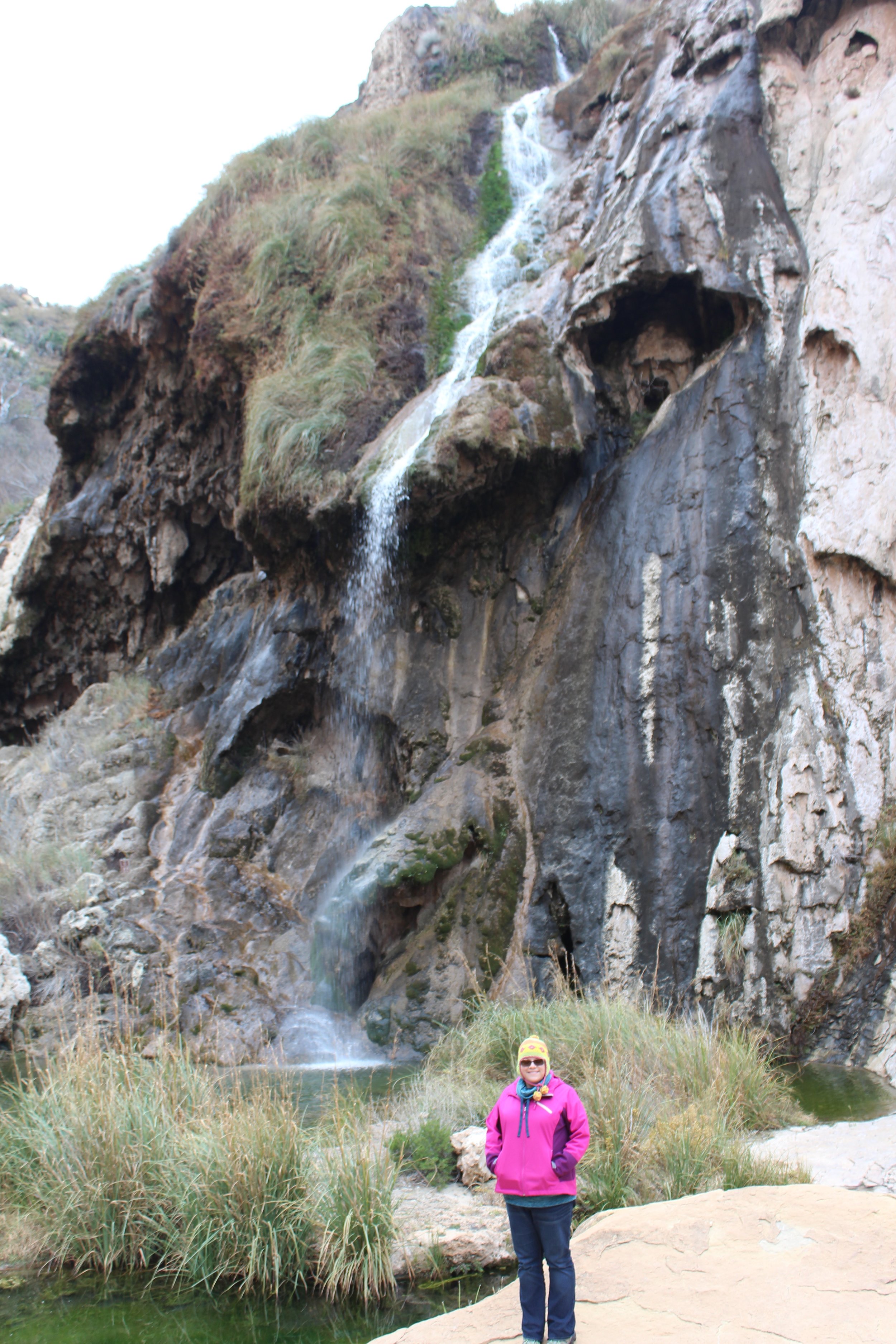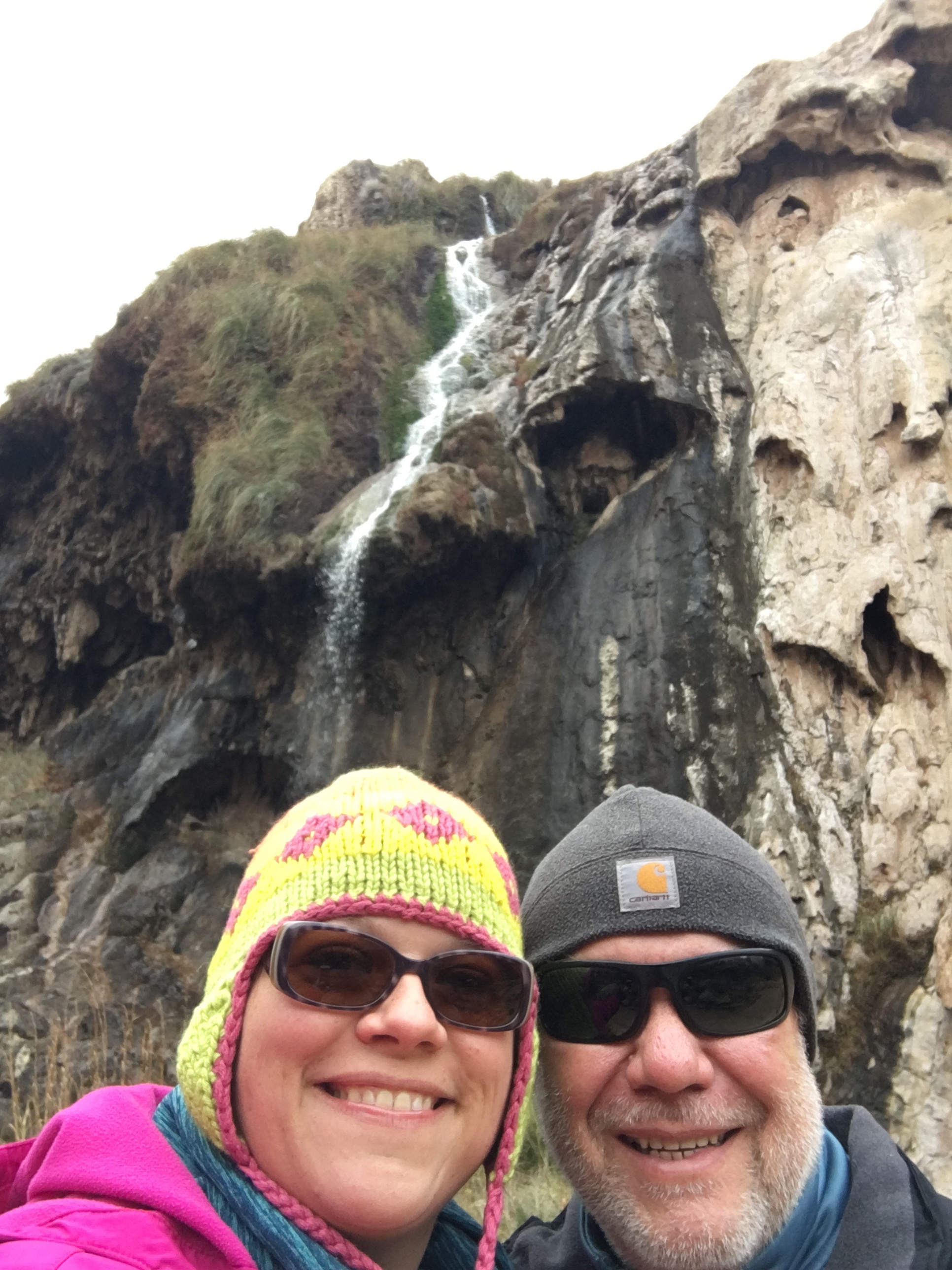Destination: Carlsbad Caverns National Park
December 7, 2018: Planning, mapping, routing and booking are a big part of our life as full-time RVers, but after spending over a year in one single spot in Texas, we had not had to do it in quite some time. A Google maps tab was opened up and we began planning our travels from Port Lavaca, Texas to Albuquerque, New Mexico. Also important in the life of an RV’er is to keep said plans set in jello as often unplanned things like weather and vehicle maintenance end up dictating actual travel plans.
Due to our truck troubles, we ripped up the original plan to head North to Dallas before heading West toward Albuquerque. (Well, not really torn to shreds, we just opened up another Google maps window and changed routes!) While at our first stop in the Hill Country, we re-evaluated our route once more and decided that instead of heading straight from Fredricksburg, Texas toward Albuquerque which would have taken us on some Texas backcountry roads, to opted to stay on Interstate-10 a bit longer. We found I-10 in this part of Texas to be a scenic, easy drive with very little traffic which is our cup of tea when towing our 42’ rolling home down the road. We know many RVers who prefer to avoid highways, but the Big Tow’er with Russ at the wheel travels well at highway speeds along with the other big trucks on the road.
Once we hit West Texas, I started obsessing over wanting to see a roadrunner, which is strange since I have a mild phobia of birds. So when we arrived in Fort Stockton and googled “Things to do in Fort Stockton” and the main attraction was Paisano Pete we knew we had to venture into this small town to seek him out. Paisano Pete is the world’s largest roadrunner and he was dressed in his Christmas best. It didn’t remedy me from wanting to see a real, live roadrunner, but it did make our visit to Fort Stockton a little more memorable and one for the record books.
After a quick overnight stop at Fort Stockton RV Park, we were back on I-10, but this time only for about 10 miles. Our easy, highway drive came to an end and we traveled down a very dusty, very rough two-lane road through oil country. Big trucks, big trailers and lots of petroleum-themed industries lined the roadway for the majority of our trip toward Carlsbad. The original plan was to head to Roswell, but after our decision to stay on I-10 a little longer we realized Carlsbad was a good next destination. Growing up, my dad always talked about wanting to visit Carlsbad Caverns National Park. Also knowing that it is often referenced as the “8th Natural Wonder of the World,” we knew we wanted to pay it a visit.
We pulled into the Carlsbad KOA in the early afternoon after that less than ideal drive on US Highway 285. Thankfully both the road and the views improved once we hit New Mexico, but we also lost the high speed limits of Texas which considering the road conditions wasn’t a problem! With plans of only being in the Carlsbad area for a few days, after getting set up, we headed out to explore the small town of Artesia. Artesia was incorporated in 1905 with an economy based on farming and ranching due to the discovery of abundant artesian well water. At nearly the same time, oil and gas were also discovered in the area which added another industry to draw people to the small community. With the weather much chillier than we were used to and the air damp with drizzling rain, we enjoyed much of the quaint main street from the comfort of our car, but were quickly drawn to the Artesia coffee shop for a hot cup of joe. We spent a few hours sipping lattes, talking about our travels and enjoying the cozy atmosphere of The Jahva House whose tagline was "Thou Shalt Not Drink Bad Coffee!” AND . . . take a minute to check out the coffee lid below, it has a hole for foam aroma. Not only did our coffee taste good, but it smelled good with each and every sip!
The next morning we were up early to head to Carlsbad Caverns for our scheduled ranger-guided tour. It was about a 45 minute drive from the Carlsbad KOA, which despite its name is actually situated quite a bit North of Carlsbad, halfway between there and Artesia. Carlsbad Caverns National Park sits along the Guadalupe Mountain range which contrasts the flat Chihuahuan Desert land all around. Our required hiking shoes were laced up, we dressed for the year-round cave temperature of 56 degrees and we arrived 30 minutes prior to our tour to pick up our pre-paid tickets.
With time to spare before needing to head down 750 feet to meet our park ranger who would be guiding us through the cave, we explored the exhibits in the visitor’s center which provided information about the history of the cave, how the cavern was formed and the animals that call the area home. We may have cheated a little and would probably explore differently on a future trip, but we took the elevator down to the main “lobby” area instead of the Natural Entrance. We were thankful that our visit was post-1925 as before then guests were lowered into the caverns via bucket.
Our tour started with some basics, safety tips and facts about Carlsbad Caverns. Visiting several caves as a child, including the well-known Mammoth Cave, I thought I had a pretty good understanding of how caves were formed - rock, often limestone being dissolved by natural acid in the water that flows through that area creating these underground rooms and tunnels. So, when our park ranger told us this was a mostly dry cave, I was a bit dumbfounded. She also threw out the word Speleogenesis, which was a new one for us! Ummmm…excuse me Ms. Park Ranger, can you please use that in a sentence. Okay, so maybe that still didn’t help, can you maybe provide us with the definition? Speleogenesis is the formation and development of caves which occurs over the course of millions of years. Wow, thanks because that is a cool new word to add to our repertoire.
So if water didn’t form this massive cave system, what did? For years and years, they did believe that Carlsbad Caverns were formed by water, but after searching for a water source for years and coming up, well “dry” I suppose you could say, geologists begin to ask more questions. Another inconsistency to these caves being formed by water, was the high percentage of gypsum found in them. Which explains why Russ kept saying that it smelled like drywall down there in that the main constituent in wallboard is gypsum. This soft sulfate mineral is often washed away with water, just think of how drywall reacts when encounters water. With that in mind, gypsum is considered rare in many caves, but is plentiful at Carlsbad. Geologists armed with these unique factors and lots of brains, determined that the speleogensis (Look at that, I used my new word in a sentence) was an example of another type of solutions cave. Rather than being formed by acidic waters flowing, they were formed by hydrogen sulfide gas rising from the reservoirs of oil giving off these fumes. The gas then mixed with the groundwater and forms sulfuric acid. The sulfuric acid continues upward, dissolving the limestone aggressively forming the caverns. The presence of lots of gypsum within the cave confirms this proposed speleogensis (okay, just had to try it one more time) as gypsum is the byproduct of the reaction between sulfuric acid and limestone. To sum it up in one sentence — essentially the caverns were forged by sulfuric acid - not water erosion and there are no flowing rivers or streams are found like in the majority of limestone caves.
Erosion above ground is what created the natural entrance into the Carlsbad Caverns and that happened within the last million years, pretty recent, huh?! The rainwater and snowmelt is what creates the stalactites and stalagmites as it picks up carbon dioxide and leaves behind small calcium carbonate deposits. Our ranger said the caverns have pretty much stopped “growing”, considering the caverns are located in the middle of a dry, desert that doesn’t come as much of a surprise!
The terms stalactites and stalagmites weren’t new to us and this handy jingle always helps keep them straight. Stalactites hold on “tight” and Stalagmites “might” reach the roof. What I didn’t know were that these fall into the category of speleothems and come in all forms, many with fun names like soda straws, cave popcorn, cave bacon and draperies. Our ranger pointed these out along the way and before long we were spotting them all on our own.
While the structure and size of the caverns were incredibly impressive, the thing Russ and I kept talking about after our visit was something from our ranger-led tour. When we arrived in the Queen’s Chambers, our ranger told us to take a seat. It was then, she turned off all the lights (yes, we were in a cave with lights and even bathrooms). Apparently we have never in our lives experienced true darkness. It was such a crazy feeling. I know it doesn’t seem like a big deal, I mean most people sleep in a dark room every night, but even with our blackout shades pulled, we can eventually see once our eyes acclimate. Not so in true darkness. You could put your hand smack in front of your face and see nothing and I mean nothing. I honestly can say this was my favorite part of the tour. Now it wouldn’t have been if our ranger wouldn’t have been able to find her way back to the light switch before we had to stand up and head out of the chamber. So I can say with 100% certainity that pictures don’t do Carlsbad Caverns the least bit of justice, but this picture does accurately portray true darkness!
After finishing up our tour with our ranger - she was great - we toured the Big Room, aptly-named because of its size. It is a massive limestone chamber, measuring at 4,000 feet long, 625 feet wide and ranges to heights of 350 feet. This takes the “look at those high ceilings” quotes from HGTV to a whole new level! Carlsbad’s Big Room is the fifth largest chamber in North America and also stands in 28th place for the largest in the world. To give you some perspective, its size is equivalent to 8.2 acres, or about 6.2 football fields! That’s big anywhere, but seems especially immense when you are nearly 1000 feet underground.
We really appreciated the ranger-guided cave tour of the King’s Palace that gave us a closer look at the caverns themselves, but even better was all the knowledge the park ranger shared. There are numerous options for ranger-guided cave tours that take you into areas you can not explore on your own. One of those tours combined with the self-guided Big Room and Natural Entrance trails provide a great combination of exploration.
Now, hang in there with me for a minute and let’s peer into the crystal ball that will really take us back to understand how this area became what it is today. Once upon a time, a long long time ago (Is that an appropriate phrase for something that was hundreds of millions of years ago?), people were buying up beachfront property in Carlsbad, New Mexico. Okay, not exactly, but the area surrounding Carlsbad Caverns NP served as the coastline for an inland sea. An estimated 250 million years ago, the area was home to a deluge of marine life whose remains then formed the Capitan Reef. After the Permian Period, the water evaporated and the reef was buried and tectonic movement years later uplifted the reef above ground and water eventually sculpted the Guadalupe Mountains as we know them today and they are still marked with a plethora of marine fossils.
I know, we’ve likely given you more than you bargained for about the Carlsbad Caverns, so how were the caves discovered? Well like many things, Native Americans likely knew of the caves for hundreds if not thousands of years. They may have not explored the depths of the cave, but were well aware of their existence. Unfortuntately, they rarely get credit where credit is due and even the Spanish and European Americans who entered the cave were forgotten. Rather the story goes that in 1898 a curious, young teenager named Jim White decided to investigate the caverns when he saw what he thought from a distance was smoke pouring out of the mountains while he was rounding up his cattle one evening. As he approached, he couldn’t seem to find the fire. Rather he realized, it was thousands and thousands of bats flying out of the mouth of the cave. Not telling his parents about his little excursion, he was still curious of the mystery of the phenomenon. He continued to return to the cave frequently and explored a little more on each visit. He named the formations, many of which are still called by the same names today. The names of the areas he discovered early on such as “Devil’s Den, Witch’s Finger, and Devil’s Spring” seemed to portray a little bit of eeriness and fear while as he got more comfortable in the cave the names seemed to become a little more matter of fact and imaginative, such as “Big Room, Hall of the Giants and King’s Palace.” While I wouldn’t have ever been brave enough to continue to explore, I mean the bats alone would have terrified me, both Russ and I were struck by that same awe as Jim White was many years ago.
The bats still emerge in a whirlwind or corkscrew-type motion every evening from about April through October. It would definitely be a sight to see, but our visit didn’t coordinate with their schedule as they were off enjoying the warmer temperatures in Mexico already. Smart animals, maybe we should follow them next year. Wonder if their is an RV park close to were they migrate for the winter?! They estimate seventeen species of bats live in the park with the majority being Mexican-free tailed bats.
Carlsbad Caverns National Park is also home to 119 caves of which only three are open for public tours with Carlsbad Caverns as the most famous and developed while the others provide more “adventurous” caving tours. You know like ones that require you to crawl or spelunk, as you can see, we opted for one of the tamer tours. Good thing, as we would likely been found flat on our tummies still whining for coffee and gluten-free snackies. We’ve never said we weren’t fragile, folks. One cave, Lechuguilla Cave, is only open for scientists who are studying the microbes that are present there and found nowhere else on earth. Some of these microbes are thought to possibly help discover a cure for cancer. The cave is the deepest limestone cave in the United States and is the fifth longest cave on the planet. Guess those microbes were just looking to live somewhere that makes the record books!
Actor and comedian Will Rogers called the cavern, "The Grand Canyon with a roof over it." With a visit, you will be rewarded with spectacular views, cave formations of all shapes and sizes, and a rope ladder used by explorers in 1924. Don’t worry, safety handrails and gradually slopped walkways have since replaced the need for the stick and rope ladders used by those early explorers. On a future trip, we may add in some hiking, but temperatures were definitely too chilly and our stay too short for us to enjoy doing so this trip. The area was pretty and the thought of coming across fossils from the ice age of giant sloths, camels, lions and jaguars is pretty amazing.
After a quick picnic lunch in the car and still being in exploration mode, we headed to another recommended spot by the lady working in the campground office, a nearby waterfall. Now you must remember that we were in the desert, so how could we not take a side trip to a WATERFALL in the DESERT! I wouldn’t say Sitting Bull Falls is conveniently located near Carlsbad Caverns NP, but a nice side trip if you don’t mind the drive. It was about an hour to the falls along some really rural roads. Free range cattle signs and cattle guards were around just about every bend, meaning “cattle-loving” Betsy was on high alert.
We entered the Lincoln National Forest before arriving at Sitting Bull Falls Recreation Area hidden in the midst of the desert. A short trail brings you to the 150-foot waterfall pouring over the canyon wall. The falls are fed by springs located in the canyon above. Our visit was short, but the views were good and the clean bathrooms welcome. If you do happen upon the area, bring a lunch as the picnic cabanas were impressive and have hiking shoes ready as there are 16 miles of canyon land trails for hiking, biking or horseback riding. Our drive back to Carlsbad was much quicker and not quite as rural, but with that came less cattle-sightings!
We wrapped up our day of adventures, thinking we would be heading out the following morning. Due to some unexpected and strange RV issues (more on that in a later post), we didn’t end of leaving the next day, but that still wrapped up our exploration of the Carlsbad, New Mexico area.
